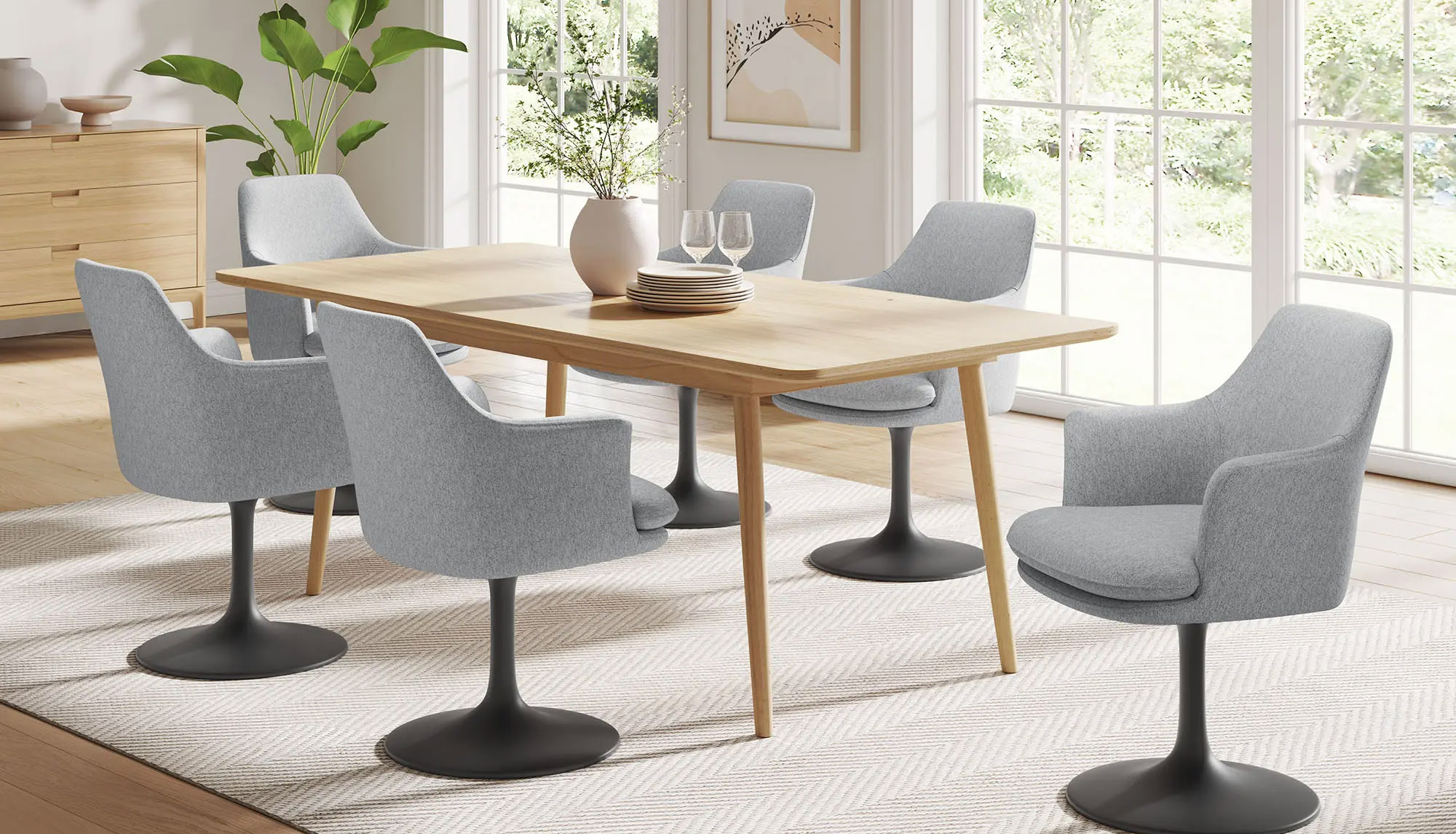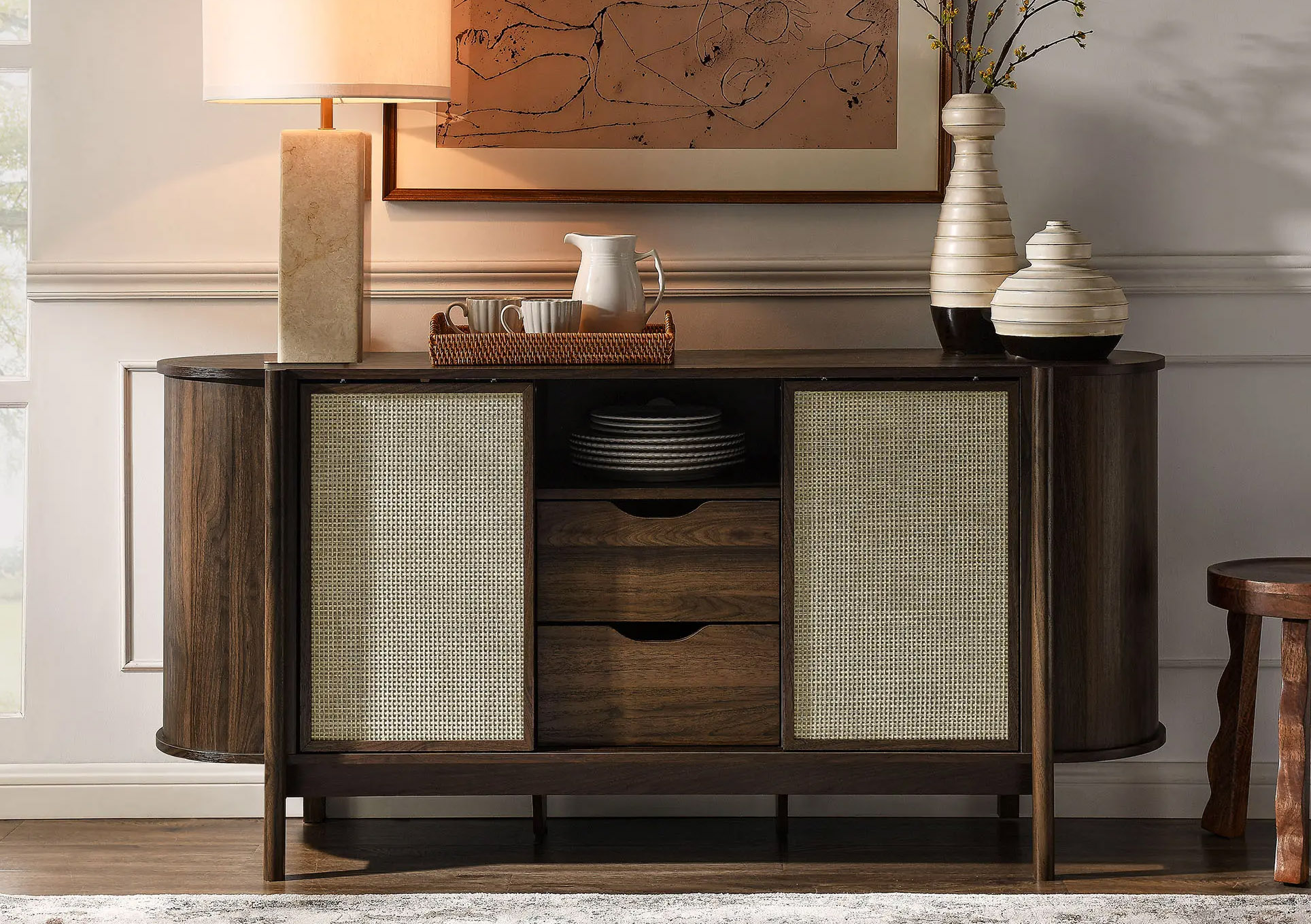Bring Life to Your Home with Mid-Century Modern Design
Imagine walking into a room where iconic furniture pieces and bold colors come together to create a harmonious environment, inviting you to relax and enjoy. As we delve into the world of home decor, discover how you can infuse your own abode with design inspiration that not only reflects your personal taste but also enhances your everyday living experience. Whether you're an interior design enthusiast or a homeowner ready to make a change, this journey promises to inspire and excite!
Embrace Mid Century Modern Aesthetics
Mid Century Modern design is more than just a style; it's a celebration of form and function. Let's explore the essential elements and iconic furniture pieces that define this timeless aesthetic.
Essential Elements to Incorporate
Mid Century Modern design is characterized by clean lines, organic shapes, and a seamless blend of indoor and outdoor spaces. To bring this style into your home, focus on simplicity and functionality.
Start with a clutter-free space that allows each piece to shine. Incorporate large windows to bring in natural light and connect with nature. This design approach emphasizes the beauty of natural materials like wood, leather, and stone.
Consider adding geometric patterns and abstract art to walls and textiles. These elements add visual interest without overwhelming the space. Remember, in Mid Century Modern design, less is often more.
Iconic Furniture Choices
When it comes to furniture, Mid Century Modern pieces are instantly recognizable for their sleek profiles and innovative use of materials. Opt for iconic designs that have stood the test of time.
Look for chairs with organic curves, like the Eames Lounge Chair or the Egg Chair by Arne Jacobsen. These pieces not only provide comfort but also serve as statement pieces in any room.
For sofas, choose low-profile designs with tapered legs. The Florence Knoll Sofa is a perfect example of Mid Century elegance. Pair these with simple, functional coffee tables featuring clean lines and mixed materials like wood and glass.
Don't forget lighting fixtures – the Arco Floor Lamp or the Nelson Bubble Lamp can add both illumination and sculptural interest to your space.
Color and Texture Play
Mid Century Modern design isn't just about furniture and architecture; it's also about creating a vibrant and inviting atmosphere through thoughtful use of color and texture.
Bold Color Palettes
The Mid Century Modern color palette is both sophisticated and playful. It combines neutral tones with pops of vibrant colors to create a balanced and energetic space.
Start with a neutral base of whites, grays, or warm wood tones. Then, introduce bold accent colors like mustard yellow, avocado green, or burnt orange. These colors can be incorporated through furniture pieces, artwork, or accessories.
For a more subtle approach, use muted versions of these colors. Soft blues, pale pinks, and sage greens can create a calming atmosphere while still maintaining the Mid Century vibe.
Remember, the key is to use color strategically. A single colorful armchair or a vibrant piece of art can become the focal point of a room without overwhelming the space.
Integrating Organic Textures
Texture plays a crucial role in adding depth and interest to Mid Century Modern interiors. The goal is to create a tactile experience that complements the clean lines of the furniture.
Incorporate natural materials like wood, leather, and stone. A sleek wooden credenza or a leather lounge chair can add warmth and character to a room.
Textiles are another great way to introduce texture. Consider adding a shag rug, textured throw pillows, or a woven wall hanging. These elements can soften the look of angular furniture and add a cozy feel to the space.
Don't forget about plants! Houseplants were a staple in Mid Century homes and continue to be an excellent way to add organic texture and life to your interior.
Creating a Functional Layout
The beauty of Mid Century Modern design lies not just in its aesthetics, but also in its commitment to functionality. Let's explore how to create a layout that's both innovative and practical.
Innovative Space Planning
Mid Century Modern spaces are designed to be open, airy, and multifunctional. The key is to create a flow that allows for easy movement and interaction.
Start by defining zones within your space. For example, in a living room, create distinct areas for conversation, relaxation, and entertainment. Use furniture placement to delineate these zones without the need for walls.
Consider multifunctional furniture pieces. A sideboard can serve as both storage and a bar area. A daybed can function as seating during the day and a guest bed at night.
Don't be afraid to play with asymmetry. While balance is important, perfect symmetry can feel static. Try offsetting your sofa with two different chairs for a more dynamic look.
Mixing Modern with Vintage
One of the joys of Mid Century Modern design is the ability to blend old and new seamlessly. This mix creates a space that feels curated and personal rather than straight out of a catalog.
Start with key vintage pieces. An authentic Mid Century sideboard or dining table can anchor your space. Then, complement these with contemporary pieces that echo Mid Century design principles.
Consider updating vintage finds. Reupholstering an old armchair in a modern fabric can give it new life while maintaining its classic form.
Remember, the goal is to create a cohesive look, not a time capsule. Mix materials, eras, and styles to create a space that feels both timeless and current.






